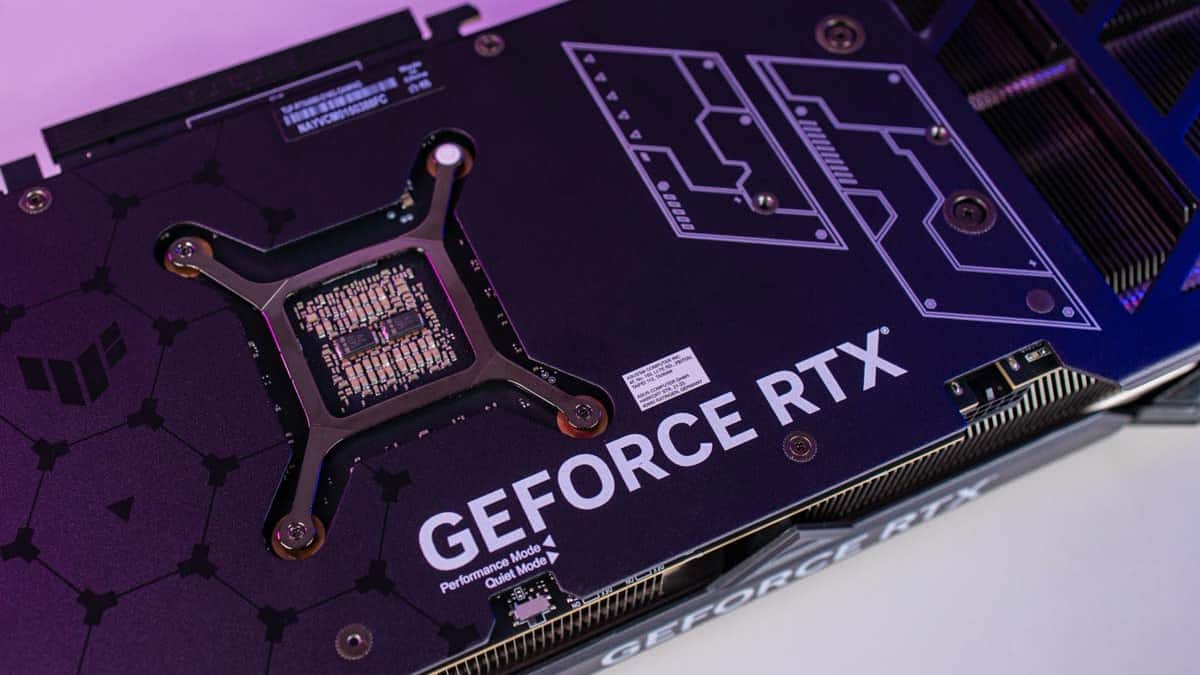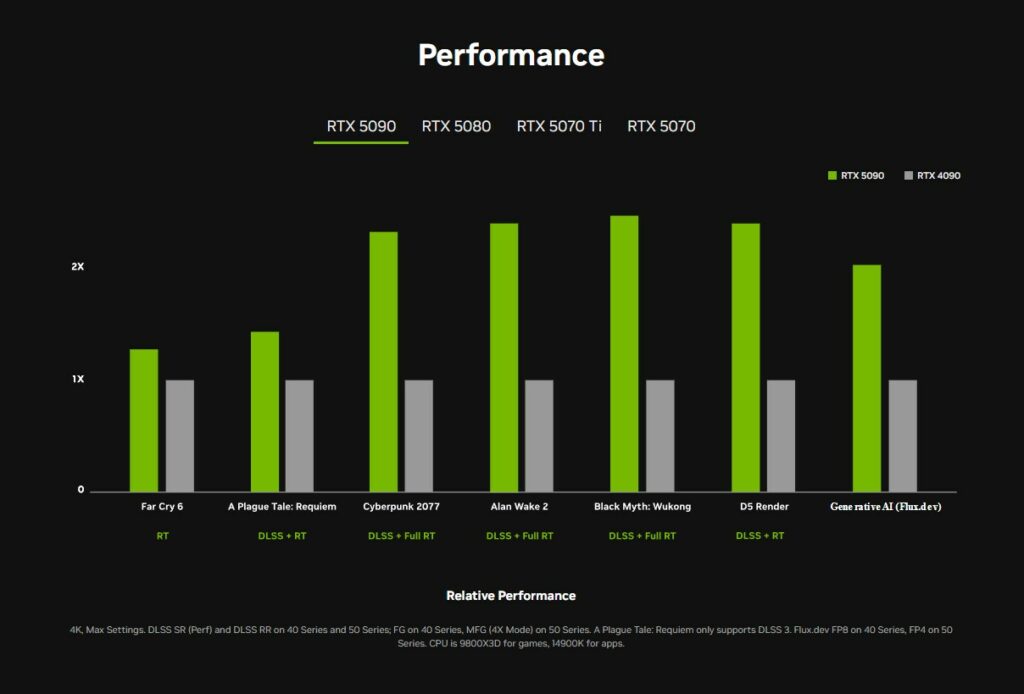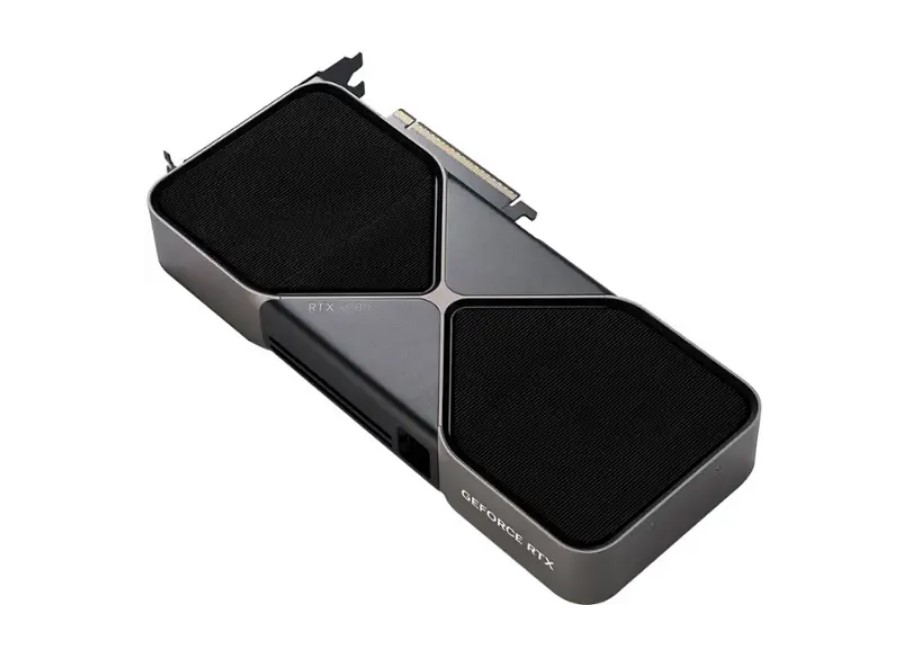RTX 5090 vs RTX 4080 specs comparison – how do they compare?

Table of Contents
The RTX 5090 has finally hit the shelves, and various reviews and performance videos showcase its serious improvements. But how does it compare to the incredibly popular RTX 4080?
With benchmarks finally appearing for the RTX 5090, it gives us much more to go on when weighing up the differences between the two. While we’re yet to put together our own benchmarks for the 5090 and put it through its paces in our testing lab, for now, we’ll give you a summary of the key differences using the information now publicly available.
Prime Day is finally here! Find all the biggest tech and PC deals below.
- Sapphire 11348-03-20G Pulse AMD Radeon™ RX 9070 XT Was $779 Now $739
- AMD Ryzen 7 7800X3D 8-Core, 16-Thread Desktop Processor Was $449 Now $341
- ASUS RTX™ 5060 OC Edition Graphics Card Was $379 Now $339
- LG 77-Inch Class OLED evo AI 4K C5 Series Smart TV Was $3,696 Now $2,796
- Intel® Core™ i7-14700K New Gaming Desktop Was $320.99 Now $274
- Lexar 2TB NM1090 w/HeatSink SSD PCIe Gen5x4 NVMe M.2 Was $281.97 Now $214.98
- Apple Watch Series 10 GPS + Cellular 42mm case Smartwatch Was $499.99 Now $379.99
- ASUS ROG Strix G16 (2025) 16" FHD, RTX 5060 gaming laptop Was $1,499.99 Now $1,274.99
- Apple iPad mini (A17 Pro): Apple Intelligence Was $499.99 Now $379.99
*Prices and savings subject to change. Click through to get the current prices.
Here’s a closer look at how the RTX 5090 and RTX 4080 compare.
Spec comparison
Starting off with the specification difference between the two GPUs, we will compare how their basis has changed. Remember that being of different generations, they won’t be directly comparable, especially in architecture. While also being in different performance tiers in their lineups, there’s quite a discrepancy between them, but we see what that means for them.
| Specifications | RTX 5090 | RTX 4080 |
|---|---|---|
| CUDA Cores | 21,760 | 9,728 |
| Base clock speed | 2.01 GHz | 2.21GHz |
| Boost clock speed | 2.41 GHz | 2.51GHz |
| Memory | 32GB GDDR7 | 16GB GDDR6X |
| Memory interface | 512-bit | 256-bit |
| Bandwidth | 1.79 TB/s | 716.8GB/s |
| TGP | 575W | 320W |
CUDA cores
CUDA cores are the brain behind Nvidia’s graphics cards and the computing platform that makes them tick. So the more, the better, and as the top card, it’s unsurprising that the RTX 5090 has an incredible amount and is in a newer architecture, Blackwell. This means it uses a newer and better TSMC process to create its die, with a 4nm compared to 5nm in Ada on the RTX 4080.
In terms of numbers, the RTX 4080 has just 9,728 cores compared to the 5090’s 21,760. The new card offers over double the number of cores on board and would boost performance. Nvidia claims to have doubled the performance over the RTX 4090, so it likely would have more than doubled the performance over the RTX 4080.
Nvidia also confirmed that the new DLSS 4 won’t be backward compatible, leaving the RTX 40 series with its own DLSS 3 and frame generation. As it pushes AI even more in its consumer cards, this should allow more neural processing and push performance even higher over the previous generation.

Clock speeds
The clock speeds are how quickly the CUDA cores process information and get those frames out to your screen. Here, it’s, in fact, the lower card that takes the lead, as the RTX 4080 has a better base and boost clock against the RTX 5090. Although not that much of a difference, that will bring the performance closer together, but it’s certainly an interesting spec to see.
That is also the factory clock, and without a GPU overclock, it can vary by users and custom models of the cards anyway. But by default, the 4080 has a 200Mhz higher base clock and a 100Mhz boost clock more than the 5090. If that were on the same card as an overclock, it would result in maybe a couple of FPS here and there, so it’s not a great ordeal.
Memory
Nvidia has upgraded its VRAM onboard the RTX 50 series specs. Opting for the next generation of memory means plenty more speed to get those textures and data loaded and buffered to help the graphics card perform. With the move to GDDR7 over GDDR6X, there is an excellent shift in both capacity and bandwidth in the 5090.
As it goes for a whopping 32GB onboard and a vast 512MB interface, it provides an incredible 1.79TB/s of data bandwidth for all the graphics buffering and loading into the VRAM and GPU. That towers over the RTX 4080s offering, which has just 16GB of GDDR6X memory, totalling a bandwidth of 716.8GB/s. With less than half of what the 5090 has onboard, it pales in comparison in terms of memory.
Power
Now, with such a behemoth of specs, with a shedload of memory, CUDA cores, and high clock rates, it’s no surprise the 5090 will drain your power quickly. As Nvidia sheds light on the expected total graphics power of the GPU, it has come to a massive 575W total and requires you to invest in a 1000W power supply at a minimum.
The RTX 4080 comes at just 320W and a 750W PSU requirement. It is something a bit more tame to house in your gaming PC and won’t be as draining on your electricity bills. It also shouldn’t produce as much heat with the lower power draw, even if the efficiency could be lower in the older card.
Performance and benchmarks
As mentioned, we’re summarizing some of our findings from multiple benchmarks here to paint a picture, until we get hands wit the card ourselves, but from initial looks, there has been a marked improvement across the boards – although slightly ‘inflated’ by DLSS and Multi-frame-generation.
Most of the benchmarks are against the 4090, but we can use this to give a sense of the improvement from the 4080 also.
For 1440p, the RTX 5090 has achieved up to 30% more performance than the RTX 4090 with Mavel Rivals. S.T.A.L.K.E.R. 2 got 94 fps at 1440p, which is 22% more performance. And God of War Ragnarök was able to hit 268 fps in 1440p, which is 22% faster.
For 4K games, Cyberpunk 2077 was seen showing a 32% improvement, hitting 124 fps. Spiderman Remastered got 212 fps and was 26% faster. With our RTX 4080 benchmarks, Cyberpunk 2077 only got 28fps – so that’s a massive 342% increase for the RTX 5090.
Overall, it looks like you can expect to see a 20-50% increase over the 4090 in 4K rasterization. When it comes to ray tracing, that that is less, coming in at around 27-35%. There around a 12% performance gain and a 27% performance average at 1440p and 4k, respectively.
Overall, there is an improvement, but there has been note of bottlenecking with this GPU too. It looks like, according to some sources, that the Ryzen 7 9800X3D doesn’t run into these issues as much at 1080p though – proving once again why it’s one of the best CPUs for the RTX 5090.
Price comparison
As for price, there’s quite a vast distance between the two. Well, less than if it were the 4080 Super, but there is a $800 difference between the two MSRP of the graphics cards. The RTX 5090 starting price is $1,999 compared to the RTX 4080’s launch price of $1,199, making it quite the stark difference at the top of the ladder.
This can be quite the significant deciding factor for your budget; even if they are already some of the top picks, there’s quite a big difference in costs.

Final word
There is quite a stark difference between the two graphics cards, which is unsurprising. Considering the RTX 5090 is the flagship, it has the full force of Blackwell and supporting specs behind it to create a top-notch GPU. But that comes at quite the cost, reaching the $2000 mark just for one PC component.
On the other hand, the RTX 4080 is a great gaming card for a lot less, as the Ada GPU still provides a whole load of performance without splashing out the extra for the new ones. You can also consider the RTX 4080 Super, which provides better value for money as it upped the CUDA cores for a lower price than the original 4080.


